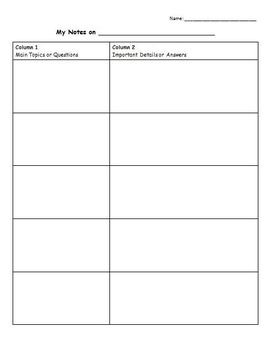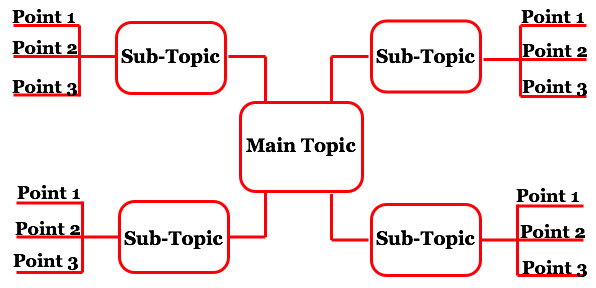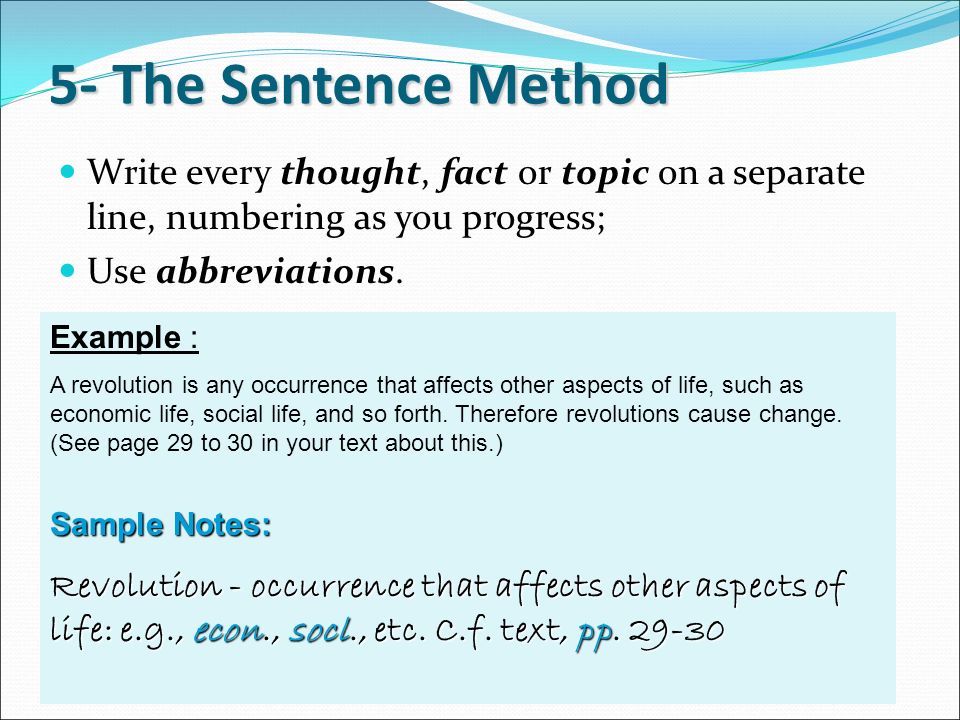UED 102
WEEK 3
INTRODUTION
Finally all of the uitm student for interim session will be heading home this week after 4 weeks of staying in uitm jengka for MDS and interim session but before going back we need to publish our blog for class UED102 for the last time and this is my blog.
TAKING LECTURE NOTES
the first we did was played a game on KAHOOT to see if we are a good listener and i manage to get all all the answers correctly but still was not listed in the top 10 maybe because of my time taken to submit my answer.
WHAT IS NOTE TAKING
-writing down ideas from lectures in your own word
WHY WE NEED TO TAKE NOTES???
-it helps us to pay attention in class
-it can improve our memory
-it helps us with our study
-engage our senses
-organize and process data
-be active in class
-valueable clue for what is important
-how well student capture information given
THINGS WE NEED TO DO BEFORE CLASS
-arrive at class on time
-sit infront of the class
*proven to do better at test
*harder to fall asleep
*easier to read the board
*less distrations
*lecturer can see more clearly
*take risk and participate
-read assigned readings material
-make a list of questions
-review notes
-have all the things you need like pen and paper
-listen to the lecture 80% of the time and take notes 20%
-write the date
-leave spaces between notes so that you can add up to it
DURING THE CLASS
-get ready with your pen and pencil
-attend all class
-copy everything
-be an active listener and pay attention to the lecturer verbal cues
-use your own words to summarize the lecture
-write main ideas
-write important details
IMPORTANT SIGNALS THAT YOU NEED TO PAY ATTENTION
-lecturer physical gesture
*where the lecturer points
*where the lecture lift their finger
-listens to the voice and note
*change in speed
*change in volume
*change in pitch
-listen for important remarks
*"and dont forget"
*"it is mandatory for you"
WHAT TO DO AFTER LECTURE
-rewrite the notes
-coordinates reading and the lecture notes
-review the notes at least once a week and before the class
MORE READ
MORE GET
METHODS FOR TAKING NOTES
1) cornell note taking


3) outlining

4) mapping method

5) charting method

6) sentence method

ACADEMIC INTEGRITY AND PERFORMANCE
AVOIDING PLAGIARISM
-the practice of taking someone else's work or ideas and passing them off as one's own
-example of plagiarism
*turn someone else work as your own
*copy others idea without giving credit
*fail to put quotation in quotation mark
*give incorrect information about source quotation
*changing words but copy the sentence structure of without giving credits
*copy so many words that it become more than your own work
PREVENTING PLAGIARISM
-consult with lecturer
-plan your paper
-take effective notes
-cite sources
-make it clear who said that
-know how to paraphrate
-evaluate your source
-include a refference page
FREE PLAGIARSM CHECKER
-plagiarism checker
-quetext
-bibme
-edubirdie
ACTIVITY ONE
ACTIVITY TWO





No comments:
Post a Comment